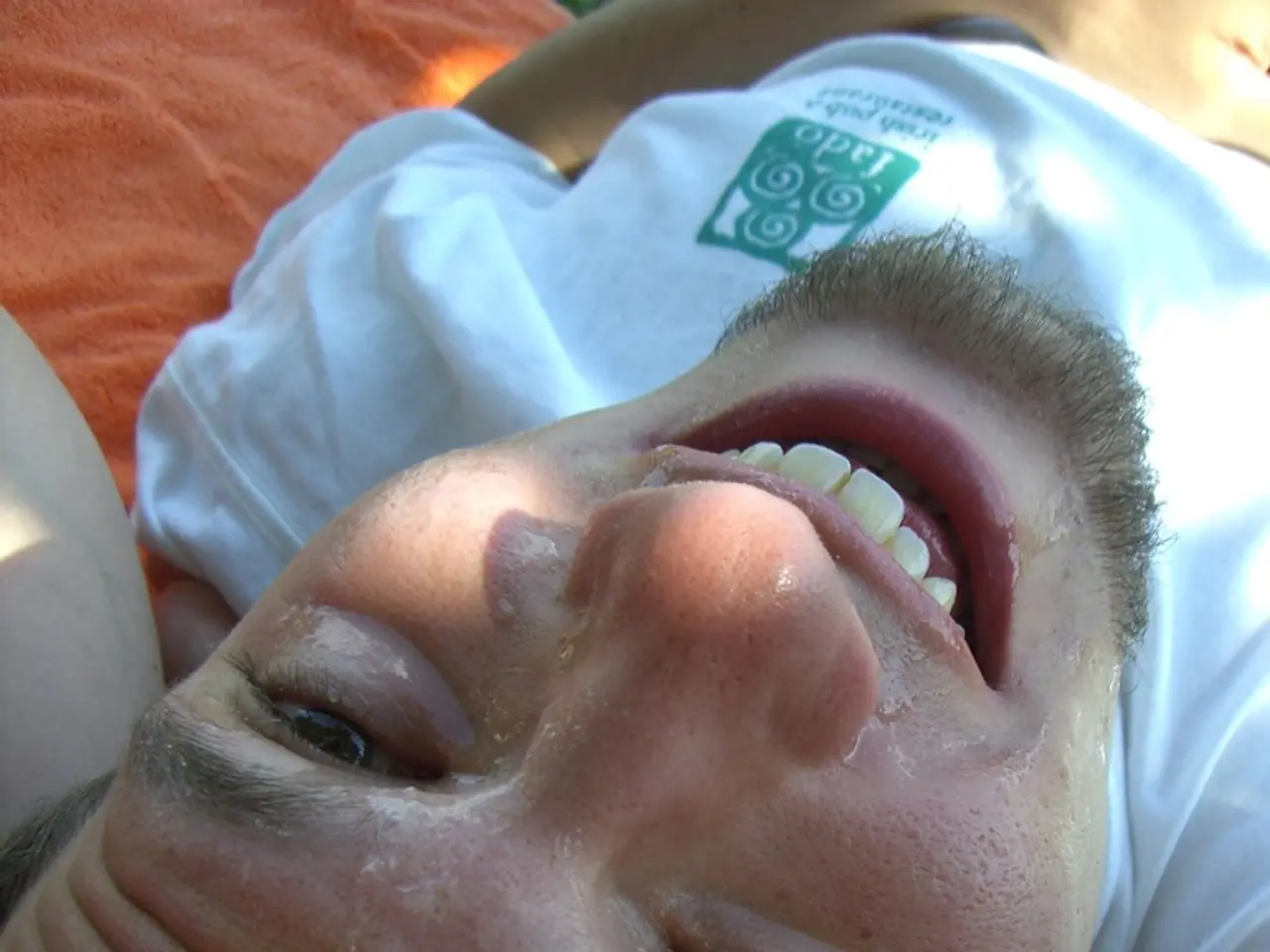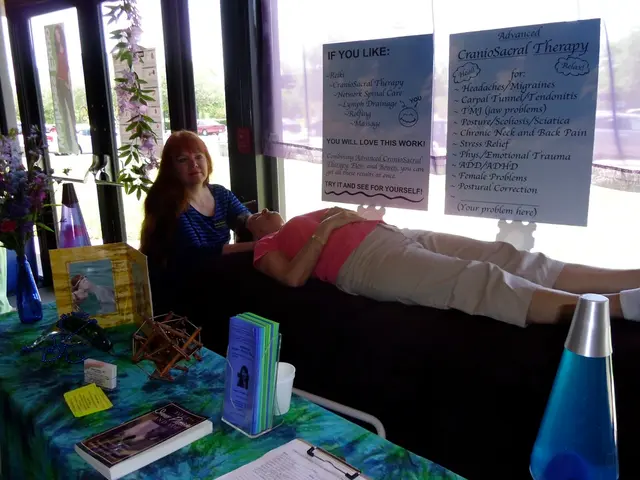Deception Unraveled: Examining a Long-Standing Belief in Eye Contact and Deceit Detection
In the realm of deception detection, a common misconception persists - that liars avoid eye contact. However, decades of scientific research suggest otherwise. This article explores the truth behind the myth and the importance of relying on more sophisticated methods to uncover deception accurately.
Liars, it seems, are not always as easy to spot as popular culture might suggest. They can prepare for confrontation, adapting their behavior to appear convincing. This might include overcontrolling body language, practicing appearing honest, and keeping responses short and rehearsed. Yet, a liar can look you right in the eye and tell you exactly what you want to hear.
The myth that liars avoid eye contact likely stems from the association between nervousness, guilt, fear, and shame. However, liars may engage in deceptive behaviors that look more confident than nervous due to their concern about being caught. Some studies suggest that liars may intentionally maintain strong eye contact to appear convincing and avoid suspicion.
A 2006 meta-analysis by DePaulo et al. found that liars are no more likely to avert their gaze than truth-tellers. Aldert Vrij, a leading researcher in forensic psychology, emphasizes that there is no single nonverbal cue that reliably indicates deception, including gaze direction.
When attempting to uncover deception accurately, it's important not to rely on myths or "tells," but to consider the full behavioral and verbal context. Professionals trained in detecting deception, such as forensic psychologists, polygraph examiners, and security interviewers, don't rely on eye contact myths. Instead, they establish a behavioral baseline to detect deviations, focus on verbal indicators, observe clusters of behavior, use structured questioning, and do not monitor eye movement or gaze in scientific polygraph testing.
In scientific polygraph testing, heart rate, respiration patterns, skin conductivity, and blood pressure are recorded instead of eye movement or gaze. More sophisticated lie detection methods analyze factors such as pupil dilation and eye movement patterns tracked by specialized devices. For example, the EyeDetect system uses infrared cameras to monitor pupil dilation, blinking rate, and reading speed, detecting lying with about 90% accuracy.
In some neurodivergent individuals, maintaining eye contact may be uncomfortable regardless of honesty. Similarly, introverts, anxious individuals, or trauma survivors may look away frequently, even when telling the truth. Therefore, changes in eye contact need to be interpreted relative to a person's baseline behavior, rather than as an isolated sign.
Looking away during emotionally charged moments is often assumed to mean someone has something to hide. Yet, eye contact norms differ significantly across cultures and personalities. In East Asian cultures, avoiding direct eye contact can signal respect.
In conclusion, avoiding eye contact is an unreliable and oversimplified indicator of deception. Scientific findings suggest that deception detection should be based on observing changes from a person's normal behavior and, ideally, combined with physiological and multimodal data rather than relying solely on whether someone looks you in the eye. It's crucial to move beyond the eye contact myth and embrace more sophisticated methods for accurate deception detection.
- Despite popular belief, liars can maintain strong eye contact while telling a lie to appear convincing.
- A 2006 meta-analysis discovered that liars are no more likely to avert their gaze than truth-tellers, debunking the myth that they avoid eye contact.
- Professionals such as forensic psychologists, polygraph examiners, and security interviewers do not rely on the eye contact myth when detecting deception.
- In scientific polygraph testing, physiological factors like heart rate, respiration patterns, skin conductivity, and blood pressure are monitored instead of eye movement or gaze.
- More sophisticated lie detection methods like the EyeDetect system analyze factors such as pupil dilation, blinking rate, and reading speed for roughly 90% accuracy.
- Maintaining eye contact may be uncomfortable for neurodivergent individuals, introverts, anxious individuals, or trauma survivors, regardless of honesty.
- Changes in eye contact need to be interpreted relative to a person's baseline behavior, rather than taken as an isolated sign of deception.
- Across different cultures and personalities, eye contact norms vary significantly, making it an unreliable indicator of deception.
- To accurately detect deception, it's important to observe deviations from a person's normal behavior and combine physiological and multimodal data, instead of relying on the eye contact myth.




